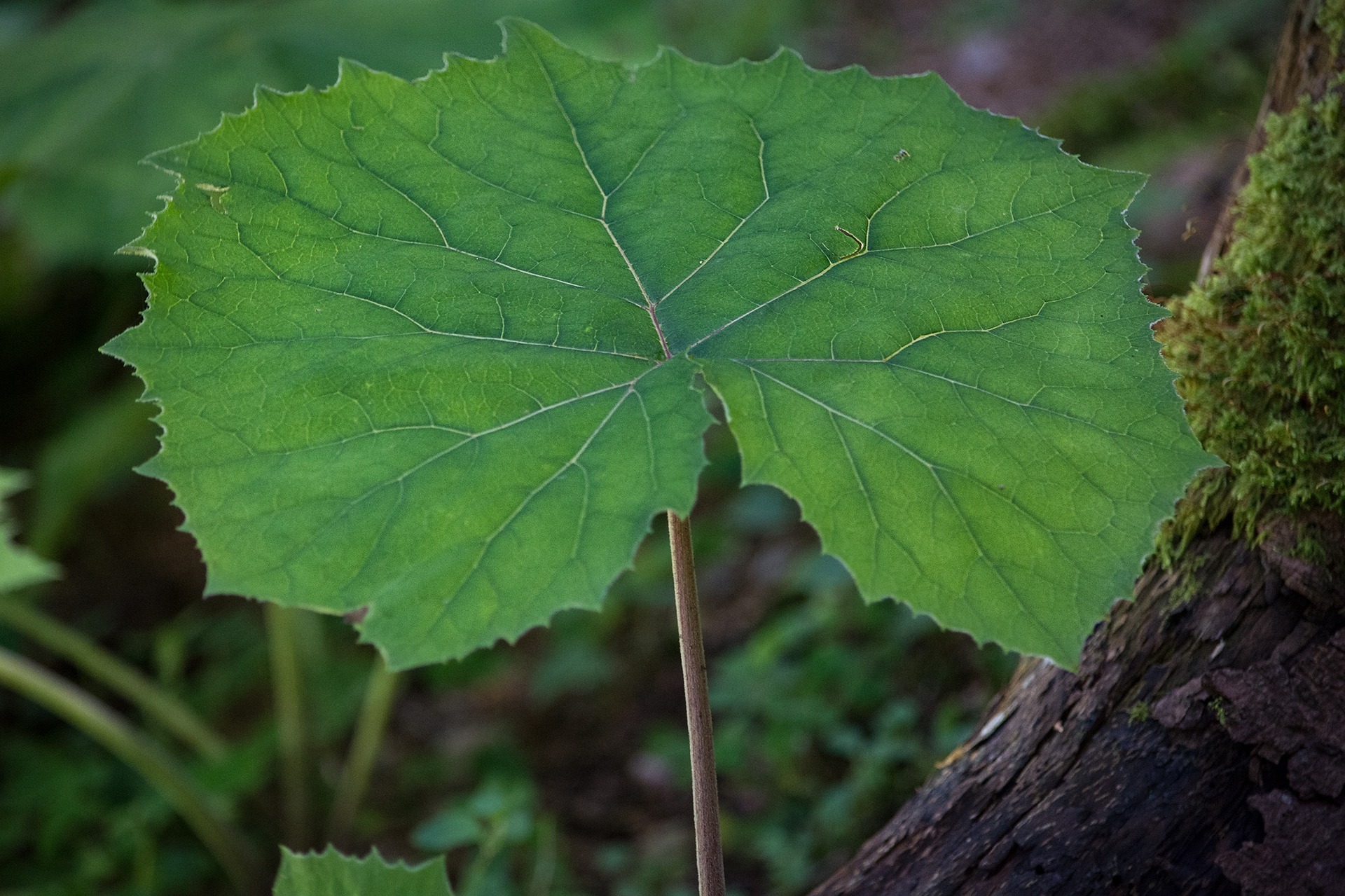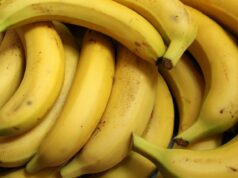
Coltsfoot, also called a ‘native herb’, is characterized by a slightly bitter taste and a unique fragrance. It is said to grow well. It is mainly eaten with young leaves and young flower stalks, or used as various ingredients such as jjangachi, juice, salad, soybean paste and stew.
In particular, when the stems of coltsfoot are plump and thick, it is said that the stems are used more than the leaves. The coltsfoot root absorbs water to purify water, and the coltsfoot leaves have the effect of purifying the air by absorbing bad odors.
1. Prevention of vascular health anemia
Antioxidants such as polyphenols and beta-carotene contained in coltsfoot lower cholesterol levels and inhibit the accumulation of triglycerides in blood vessels, helping to prevent vascular-related diseases such as high blood pressure and arteriosclerosis. In addition, iron and folic acid, which are abundantly contained, promote the production of hemoglobin and red blood cells, and help to prevent and improve the symptoms of anemia by supplying oxygen to the body and improving blood circulation.
2. Anticancer effect
Coltsfoot, recognized as an excellent anti-cancer food in Europe, is non-toxic, yet has a strong anti-cancer effect, and is said to be effective in relieving pain in cancer patients. The polyphenol component in coltsfoot has an excellent anticancer effect that suppresses the formation and metastasis of cancer cells by removing free radicals that cause cancer, thus helping to prevent cancers such as stomach cancer, lung cancer, and breast cancer. (If inflammation is a tertiary malformed cell, cancer is a quaternary malformed cell. It is said that it makes itself die and disappear.)
3. Eye health
The vitamin A component contained in coltsfoot provides nutrition to the eyes and promotes the resynthesis of rhodopsin, a protein pigment present in the retina, to relieve eye fatigue and help protect eyesight. In addition, the beta-carotene component of coltsfoot is absorbed into the body and converted into vitamin A, which improves eye health and relieves eye fatigue.
4. Improvement of respiratory diseases
As it contains abundant saponins contained in coltsfoot, it has excellent expectorant, antitussive, and detoxifying effects, and is also used as a medicine for respiratory diseases.
5. Prevention of liver disease
Butterbur is effective in all kinds of liver diseases such as hepatitis, fatty liver, and cirrhosis. When you have a headache due to a hangover, it is said that if you make a decoction of coltsfoot root, you will wake up quickly and your headache will disappear. However, people with liver problems are advised to avoid coltsfoot because if consumed in excess, the alkaloids in coltsfoot can put strain on the liver.
6. Bone health The calcium component contained in coltsfoot is said to help improve bone health by strengthening bone density. It is said to be good for preventing osteoporosis in menopausal women and the elderly, and it is also said to help in the formation of bones in growing children.
7. Skin health
Antioxidant ingredients such as beta-carotene and vitamins A and C contained in coltsfoot prevent skin aging by removing free radicals that activate aging, and maintain elastic and clean skin by removing acne, blemishes, wrinkles, pores, and dead skin cells. It helps to do it.
8. Prevention of food poisoning
The choline component of butterbur has a detoxifying effect, so it is said to help prevent food poisoning when eaten or cooked with fish that is at risk of food poisoning. It is also said to detoxify the intestines. It is said that if you add coltsfoot when cooking pufferfish, you will not be poisoned with pufferfish poison.
9. Digestion promotion, diuretic action and constipation relief
The dietary fiber of coltsfoot promotes intestinal peristalsis and helps to remove intestinal succulents, which improves constipation and promotes intestinal health. It also improves urination and helps with kidney diseases such as edema and nephritis.
10 Dementia prevention
The fragrance component of microscopic particles contained in coltsfoot protects nerve cells as they enter the brain, prevents proteins from being transformed into toxic proteins, and breaks down toxic proteins to help prevent and alleviate dementia symptoms.
11. Headache Relief
Coltsfoot contains petacin and isopetacin, which are vasodilators, and is said to reduce the pain of migraine by lowering the synthesis of leukotriene, a migraine trigger.
12. Bruise Relief
According to the records of the old literature, coltsfoot has the effect of removing blood stasis, alleviating swelling, and regenerating and healing skin cells. It is said that if you have a bruise when you have a boil or bruise, crushing the leaf and attaching it to the affected area can help relieve symptoms.
Coltsfoot Side Effects
1. Contains PA ingredients Butterbur contains a component called PA (pyrrolizidine alkaloid). This ingredient is known to cause liver toxicity, so you should use a PA-free product that has removed the ingredient. Since there are few data on whether coltsfoot contains pyrrolizidine alkaloids, it should be consumed with particular caution.
2. Caution in case of excessive intake If you consume too much, you should take it after consulting with a specialist for the purpose of improving various symptoms. Please note that coltsfoot is not recommended for pregnant and lactating women, as there may be side effects due to individual allergic reactions. As it is a health food for modern people, please consume it while paying attention to side effects and precautions.

































